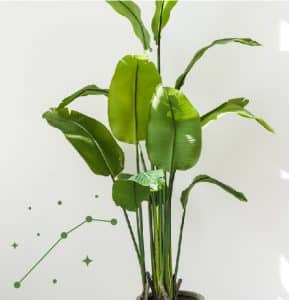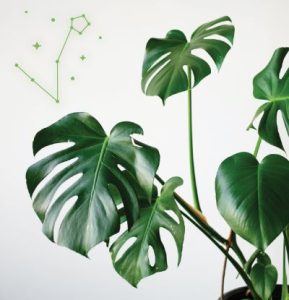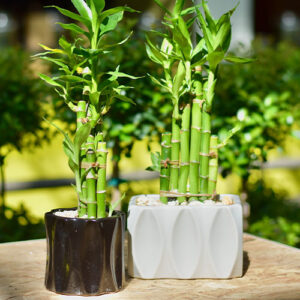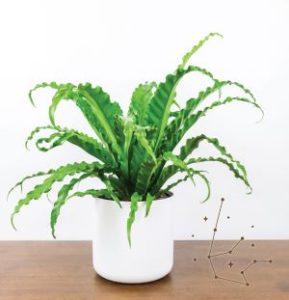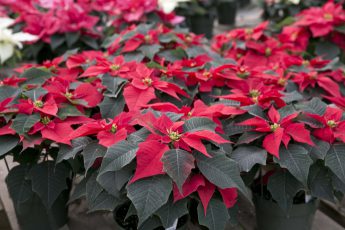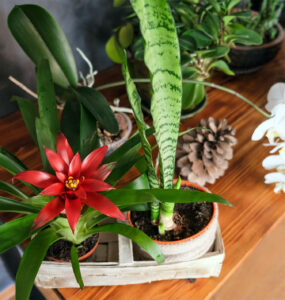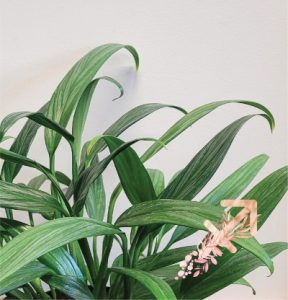Alberta Lemons: A Starter’s Guide
By Rob Sproule
Lemon trees are becoming a go-to houseplant as people discover their incredible scent, elegant foliage and that you really can grow real lemons. At the greenhouse, we find that people are far more interested in citrus than they used to be, mostly because word has gotten out that you can grow them: even in Alberta.
Just a small amount of lemons is surprisingly healthy. Besides boasting over 70% of an adult’s Vitamin C content, lemons also help stimulant and purify our liver, regulate our bowels, and the citric acid even kills bad breath bacteria.
Sir Edmund Hillary credited his conquest of Everest partially to lemons. He added lemon juice to his water to avoid dehydration at extreme altitude. Lemon juice is good for your skin, your blood pressure, and even packs a potent antibacterial punch, which makes it an effective household cleaner.
Witness to History
Through the eons that humanity has discovered, evolved, stumbled and self-destructed, lemons have been there. A native of Northeast India, they’ve witnessed pivotal epochs of our history unfold as they’ve traveled across the world.
Lemons found their way into Europe in the 1st century BCE via the famed Eastern caravans of Rome. Used for food, medicine, and perfume for the very rich, lemons trees adorned the gardens of Roman nobility and were painted on walls in ill-fated Pompeii.
They flourished in Islamic gardens during the golden age of the Abbasid Empire in the 12th century. Columbus brought a handful of seeds to the Americas in 1493 and they spread alongside Spanish conquest.
Lemons rose to popularity in the 18th century as a treatment for scurvy, with England mandating that every naval ship stock enough lemons for every sailor to have an ounce a day (a rule which exists to this day in the British Navy).
Today, most of the world’s lemons are grown on coastal areas where a healthy, mature tree can pump out between 500-600 pounds of lemons a year. They’ve become an elegant, trendy houseplant solution thanks to their sweet smell, their waxy evergreen leaves, and the introduction of dwarf varieties that will produce even indoors (and yes, even in Alberta).
Growing Lemons
Lemons, alongside limes, calamondins and other sour citrus, are surprisingly easy to grow indoors. Sour citrus don’t need the heat that sweet citrus does (heat creates the sugars), preferring room temperate during the day and a slight dip at night.
Chances are, you won’t need to repot your lemon tree for at least a year. You don’t need to be fancy when you do. They thrive in poor, acidic soils, so a well-draining mix of potting soil and peat moss. If you’re a keener, throw in some pearlite and cedar shavings for extra drainage and acidity (they prefer about a 5.5 ph).
Lemons prefer to be on the dry side of moist. They like their roots, which are mostly near the surface, not to dry out but they hate wet feet. Water until it’s flowing freely out of the drainage holes, especially if you’re using tap water. This is to prevent accumulation of nasty salts around the roots.
Citrus are evergreen, keeping their characteristic leaves throughout winter. As the days get shorter, they will slow down and, if the temperature drops below about 12-14 °C, they’ll stop growing altogether.
Ideally, lemons want to suck up as much light as possible. They’ll thrive outdoors in summer, and in winter put them in the sunniest window you have. No matter how sunny the window, they still won’t get their preferred 12 hours of light a day (6 hours minimum) so you may need to provide a grow light in the winter.
If your lemon tree abruptly drops its leaves, don’t panic. It’s probably going to happen in the winter, and probably because it isn’t getting enough light. Try to provide some supplemental and it will rebound.
While it is possible to grow lemons from leftover seeds, you’ll probably end up frustrated. Grocery store lemons, grown on commercial farms, are harvested from 15-20′ trees. Container grown lemons are either specific varieties that yield at a very small size (like the Meyer) or larger varieties that have been grafted onto dwarf rootstock.
You’ll typically only need 1 tree to produce fruit, as most varieties are self-fertile. If starting from seed you’ll need to be patient; it usually take a tree 3-6 years to start producing. Be patient with the fruit, as well. It needs to hang on the branch a long time (often months) before it’s ripe.





